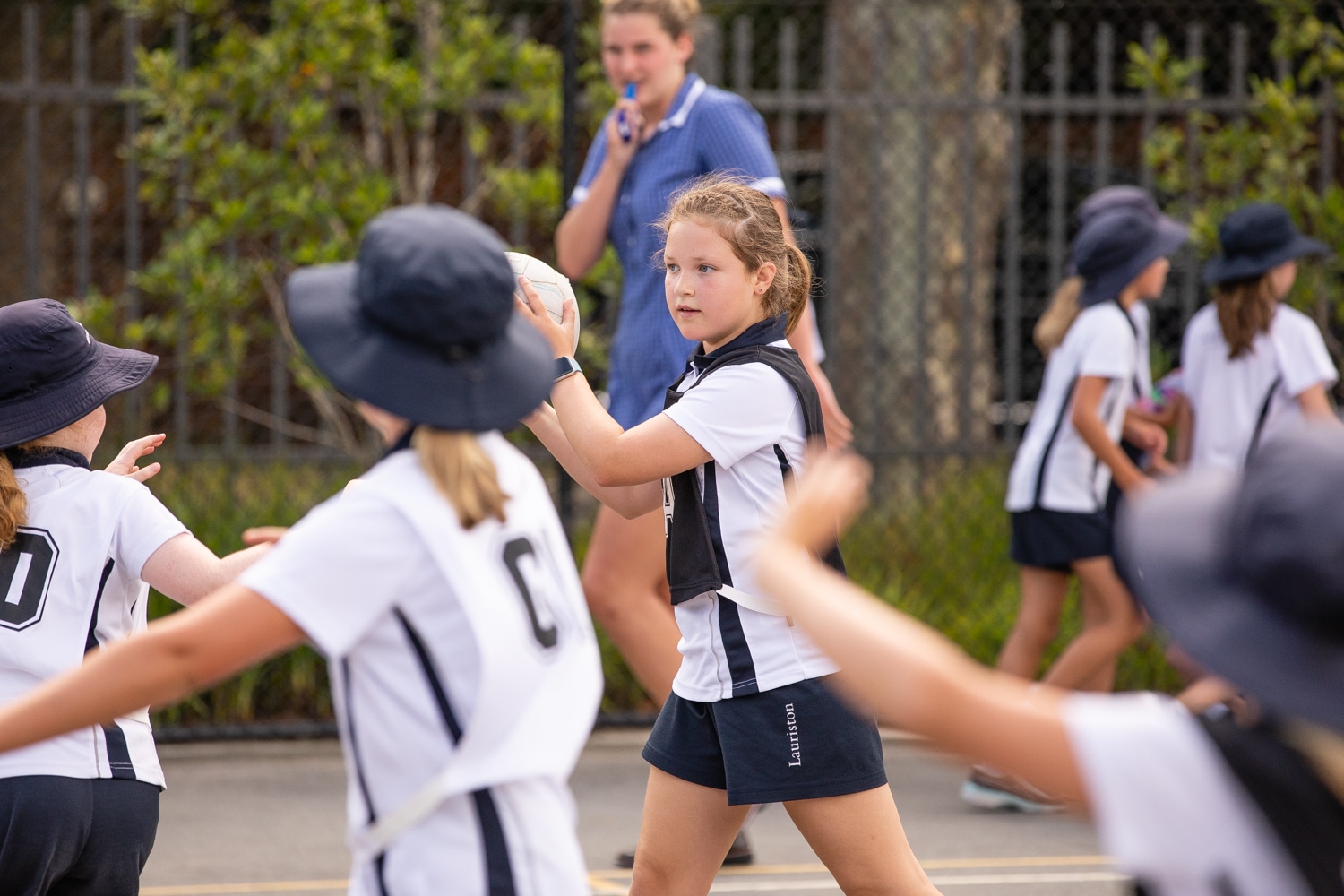The benefits of physical activity in education and life
“Intelligence and skills can only function at the peak of their capacity when the body is healthy and strong.” John F. Kennedy
Early arrivals at school each morning give me the opportunity to see many of our Junior and Senior School students training for sport or undertaking Boxercise. Our rowing students can be found on the ergs if they are not doing water-based training and there is generally loud music accompanying the instructions of our various coaches. Our students have also been participating in Interschool Snowsports competition and Girls’ Sports Victoria (GSV) Carnivals for Athletics. It has been pleasing to observe many of our students participating in physical activity and sport.
I can see evidence of our students demonstrating physical literacy which is defined as developing the skills, knowledge and behaviours that give children and young people the confidence and motivation to lead active and healthy lifestyles. There is a growing wealth of research which not only highlights that sport and physical activity participation promote a positive impact on the physical and mental health of children and young people, but also on the enhancement of cognitive functioning, memory, concentration, behaviour and improved academic performance.

Linking the Physical Education curriculum to academic performance
The Australian Guidelines for children and young people aged 5 to 17 years recommend 60 minutes per day of moderate to vigorous intensity physical activity. The Physical Education curriculum and Sport programs provided at school are particularly important in enabling children and young people to become physically literate, participate more fully in physical activity and be influenced to continue their physical activity into adulthood.
There has been increased research interest in the links between physical activity, wellbeing, academic performance and cognition. The Copenhagen Consensus Conference in 2016 which brought 24 researchers with different academic disciplines together from eight countries noted that physical activity was found to boost brain power and academic performance among other benefits. While further research on the links between physical activity and cognition is required, the Conference participant did produce a twenty-one point consensus statement which reflected the importance of physical activity for children and adolescents aged 6 to 18 years.
Dr Karen Martin from the School of Population Health at the University of Western Australia prepared a paper entitled Brain Boost: sport and physical activity enhance children’s learning in 2010. She noted that most of the published research on this topic found an association between children’s physical activity participation and academic achievement. The Move to Learn Model was developed which highlights the multitude of pathways through which sport and physical activity have the potential to impact learning, test scores and academic success.
Research from the OECD in 2019 indicated that academic performance has been improved in Australia, Chile, China, Japan, Portugal and Switzerland as an outcome of participation in Physical Education and Health curriculum. Further research in 2017 noted that physical activity intervention can improve academic achievement. Other research gave particular attention to improvement in mathematics and reading because of participation in physical activity.
Further to this, The World Health Organisation in their Umbrella Review of Physical Activity and Academic Achievement noted that physical activity was beneficial for the development of cognitive, motor and social skills, as well as good metabolic and musculoskeletal health. There was a knock-on effect on academic performance. Research undertaken in 2018 (da Greef et al) noted the positive effects of physical activity on executive brain functioning, attention and academic performance in pre-adolescent children, while UNESCO research in 2025 noted that regular participation in physical education and forms of physical activity could improve a child’s attention span, enhance their cognitive control and speed up their cognitive processing.
The links between wellbeing and physical activity
There is a good deal of research which points to the overall wellbeing benefits of physical activity for children and young people. Sport England in 2019 reported a positive association between engagement in sport and physical activity and levels of wellbeing for young people, while UK Active in 2019 noted that active students reported higher mental and personal wellbeing, reduced perceptions of loneliness and stronger perceptions of inclusion and employability. There is a positive association between physical activity and several components of mental health, including self-esteem and future expectations.
SportAus reports that students with physical literacy supports the development of self-esteem and self-confidence, resilience, improved social skills, and behaviours for lifelong participation in sport and physical activity.
When considering all the current research it becomes clear that physical activity and sport are of benefit to children and young people in terms of their physical development, and also their overall wellbeing and academic performance.
Physical wellbeing at Lauriston
At Lauriston we are on our way to implementing our second Sport Strategic Plan. Our vision for this plan is to enhance the physical and mental health of our students and reduce social isolation by developing lifelong habits of physical activity and wellness and maintaining a connection with the School.
We believe that through enhancing the physical activity and wellness of our students, we can foster competence, confidence and capability to pursue sport and recreational activities throughout their lives, including the development of transferable ‘soft skills’ which are highly valued as an indicator of potential to employers.
Our pillars for the sport strategic plan are participation, affiliations, excellence and participation. We chose to make participation in GSV or a recreational activity compulsory from Years 7 to 10 with the view that all students would have the opportunity to develop physical literacy. We have enhanced our Junior School team sport participation, ensured that the youngest members of our Junior School have physical activity each day and that our students in both the Junior and Senior Schools can access the fundamentals of physical activity to participate in sport and physical education.
Our running club in both the Junior and Senior Schools has grown in popularity and our Cross Country and Athletics has been enhanced through this activity. Our Lauriston Netball Club has continued to grow and in 2023 we will be trialing a Basketball Club in the Junior School with a view to growing into the Senior School. There is certainly a breadth and depth of sporting and recreational offerings for our students and everyone is encouraged to participate, regardless of skill level.
Across the School we have a well-planned Physical Education and Health curriculum which all students participate in until Year 10. We further enhance this curriculum through elective offerings in Year 10 and a Unit 3-4 offering in Years 11 and 12. We are committed to ensuring that our students have both encouragement and content understanding about the importance of life-long physical activity in maintaining a healthy lifestyle.
Our Howqua program enables our students to continue their physical activity through curriculum Physical Education lessons and in addition the fitness and outdoor program provide new physical challenges for our students. Regular trail running is not something our students may choose to participate in when they reside in Melbourne, but at Howqua each student can sequentially build her running skills and reach her own PBs. Outdoor Program activities are physically and mentally challenging, but there is considerable personal satisfaction when a hike is completed or cross-country skiing skills are developed. The Outdoor Program and Fitness give attention to building self-confidence, self-esteem and a strong understanding of the value of collaboration when it becomes important to support your fellow students and teachers.
An important aspect of the history of Lauriston has been the attention given to participation in physical activity and sport. Since the early years of our school, sport and physical activity were encouraged. The Irving sisters were pioneers in establishing sporting competitions for girls and our involvement in what is now Girls Sport Victoria is extensive. Ruth Tidemann chose a different path to establishing lifelong participation in physical activity when she established our Howqua campus.
The opening of the Ullmer Sport and Wellbeing Centre will be a continuation of the value Lauriston places on sport and physical activity as part of the education we provide to our students. Our students will benefit from facilities which enhance our current curriculum, sport and recreational offerings. We have already begun some ‘future thinking’ regarding new physical activities which might be offered within the facility. In the future, we would like to open the Ullmer Sport and Wellbeing Centre for alumnae-based sporting initiatives and broader community-based initiatives for girls and women.
In many ways the Ullmer Sport and Wellbeing Centre is our ‘blue beacon’ which will send a message to our students that involvement in physical activity and sport are part of a well-rounded education and support a healthy lifestyle for now and the future years. The message for our School and broader community is one of growing healthy and strong children and young people who will see the benefit of physical activity in all aspects of their education and life.
Susan Just, Principal
SHARE THIS ON

